Hanging lobelia, particularly the species Lobelia erinus, is a floral gem that beautifully graces gardens and outdoor spaces with its lush, trailing nature. Known for its vibrant colors and delicate blooms, this plant not only attracts the eye but also has a rich history of use in ornamental gardening. As we delve into the world of hanging lobelia, we will explore its care, aesthetics, and potential applications, while uncovering intriguing insights about this stunning flowering plant.
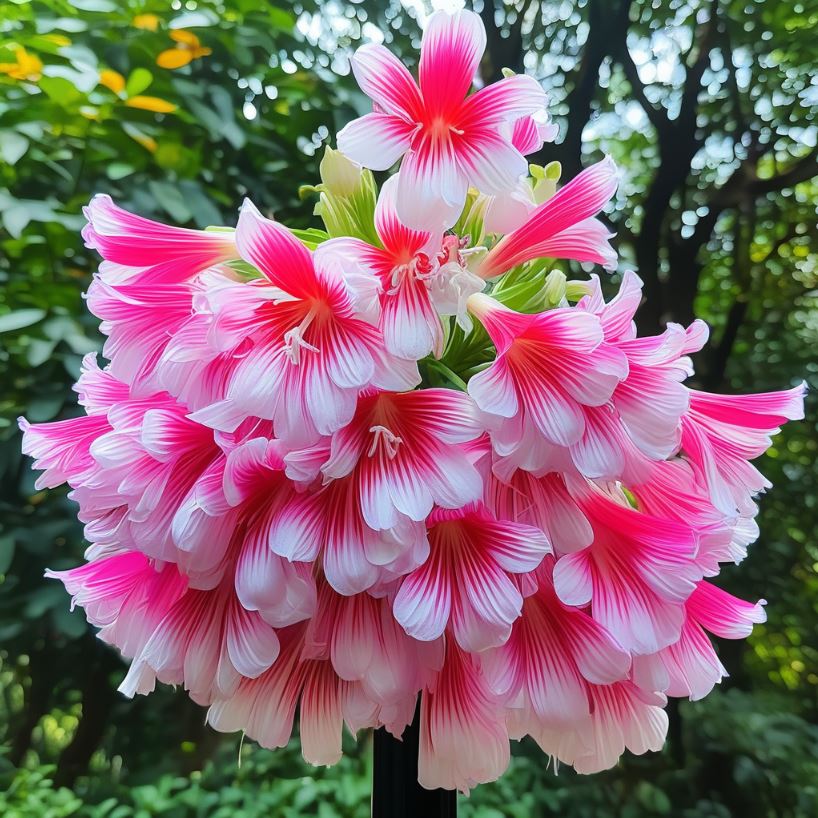
The Art of Care for Trailing Lobelia
Caring for hanging lobelia involves understanding its specific needs. This plant thrives in slightly acidic soil and requires excellent drainage to flourish, as it does not tolerate waterlogged conditions. Therefore, gardeners should consider mixing in materials like perlite or sand to improve soil structure when planting in hanging baskets or containers.
Creating an Ethereal Hanging Garden
Imagine creating an ethereal hanging garden where these plants cascade over the edges, their vibrant blue, purple, or even white flowers spilling out like a painter’s brush stroke across a canvas. Moreover, trailing lobelia enjoys the sun but can also adapt to partial shade, making it versatile for different garden designs.

Pairing with Complementary Plants
For instance, in a sun-drenched balcony, trailing lobelia could be paired with sunflowers, creating a delightful contrast between tall and short plants, while in shadier corners, it can mingle with ferns to create a serene, woodland atmosphere. By understanding the plant’s preferences and incorporating it into various settings, gardeners can unlock the full potential of hanging lobelia’s cascading beauty.
Maintaining Vibrant Blooms
To maintain the vibrant blooms of hanging lobelia, regular deadheading and fertilization are crucial. Deadheading, or the removal of spent flowers, encourages the plant to redirect its energy into producing new blooms, ensuring a continuous display of color throughout the growing season. Additionally, a balanced, water-soluble fertilizer applied every two to three weeks can provide the necessary nutrients to sustain the plant’s lush, trailing growth.
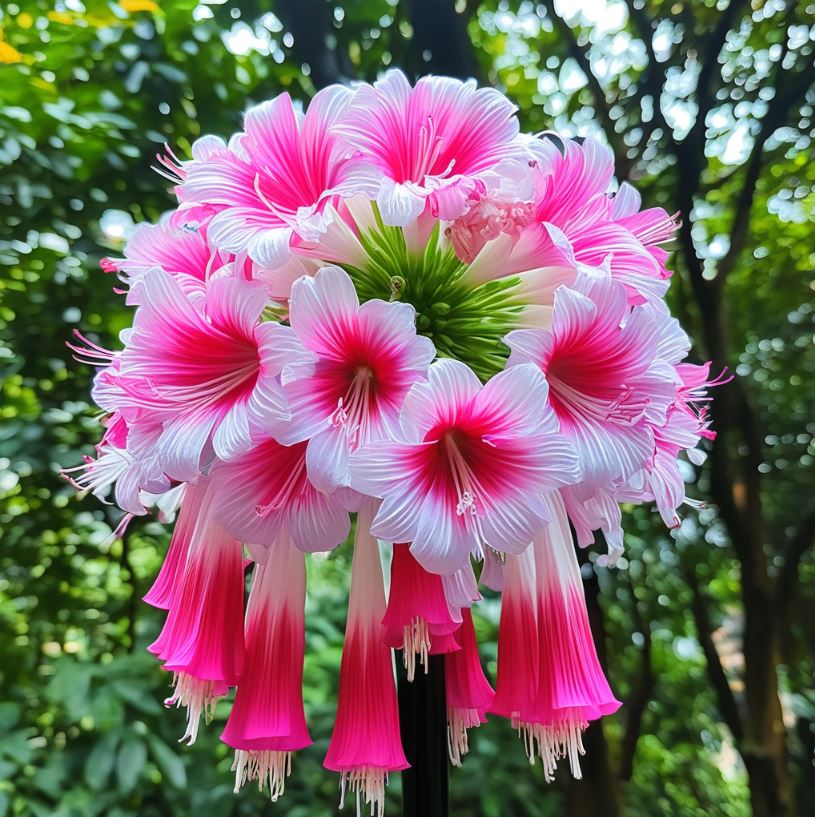
Aesthetics and Design Potential
The visual impact of hanging lobelia cannot be overstated. With its graceful, cascading habit, this flower is particularly suited for hanging baskets, window boxes, and rock walls. It acts almost like a living curtain, softening hard edges in urban settings or adding layers to a garden landscape.
Creating an Inviting Atmosphere
Consider a scenario where you host a summer gathering on your patio; imagine how hanging baskets filled with lobelia would create an inviting atmosphere, beckoning guests to unwind and enjoy the surroundings. The soothing hues of the blooms and the gentle, swaying motion of the cascading foliage can instantly transform a space, evoking a sense of tranquility and beauty.
Innovative Arrangements and Contrasts
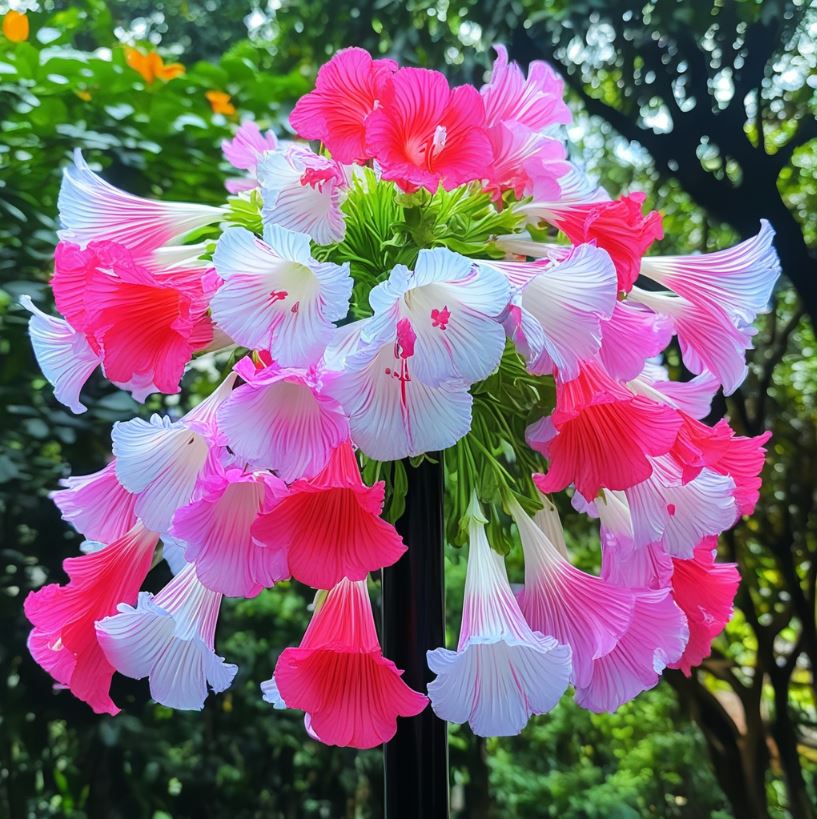
From a design perspective, the contrasting colors and textures available in lobelia varieties allow for innovative arrangements. One could juxtapose trailing lobelia against the ruggedness of stone planters or combine them with the airy foliage of other filler plants, creating dynamic visual interest. A well-planned display could evoke feelings of serenity and joy, reminiscent of a tranquil garden in full bloom, thus enhancing the emotional experience of space.
Enhancing Outdoor Spaces
Hanging lobelia can also be utilized to enhance larger outdoor spaces, such as public gardens or community parks. By incorporating these cascading beauties into landscaping designs, designers and urban planners can create visually captivating focal points that draw the eye and invite exploration. Imagine a lush, hanging garden adorning the entrance to a botanical garden or a serene rock wall installation accented by the delicate blooms of lobelia.
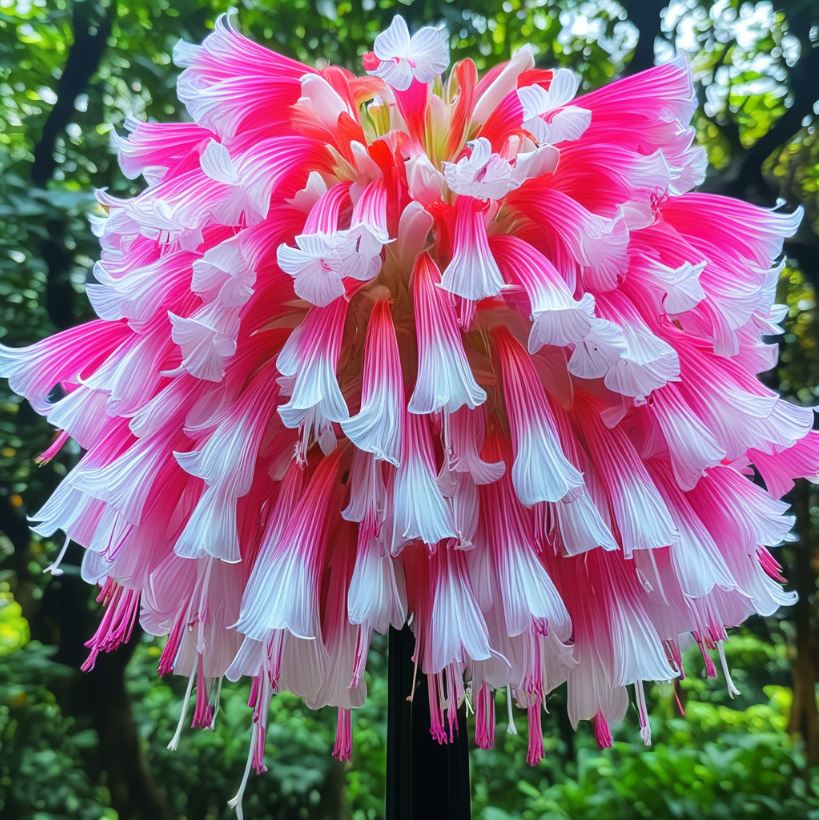
Versatility in Design
The versatility of hanging lobelia allows it to seamlessly integrate into a wide range of design styles, from contemporary to traditional. In a modern, minimalist setting, the plant’s trailing form can provide a softening counterpoint to sleek, angular architectural elements. Conversely, in a more formal, manicured garden, hanging lobelia can add a touch of whimsy and natural elegance, complementing the overall aesthetic.
Symbolism and Connection to Nature
Beyond aesthetics, hanging lobelia holds symbolic significance. Flowers have long been tied to human emotion and expression, and lobelia’s cascading blooms can represent unity and harmony within nature.
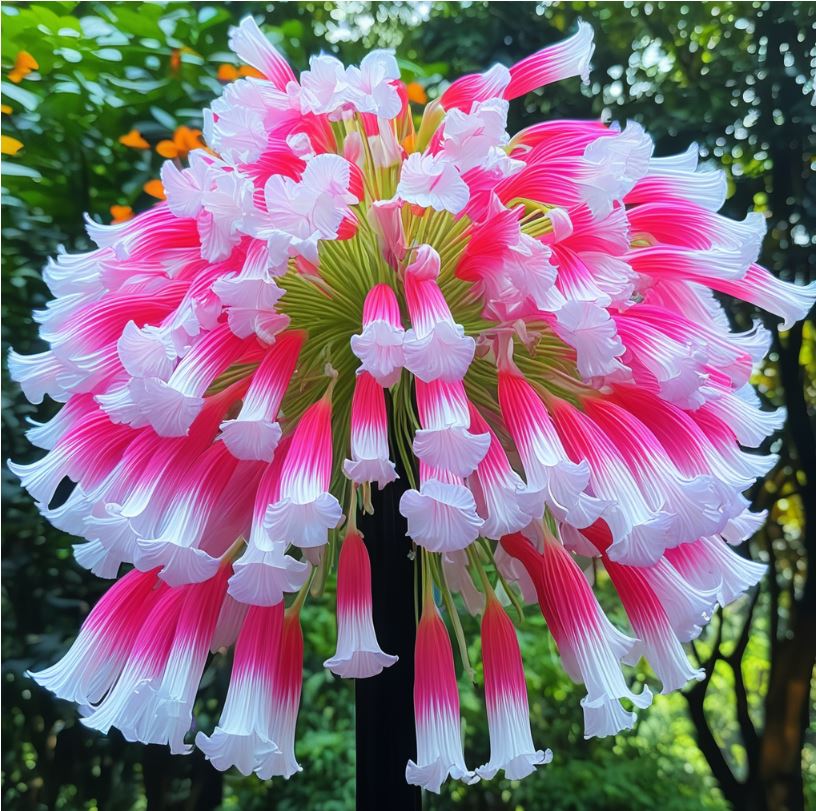
Fostering a Sense of Connection
By incorporating hanging lobelia into home gardens or community spaces, individuals can foster a sense of connection to the environment. This idea resonates strongly in today’s fast-paced world, where nature serves as a refuge from daily stresses.
Community Engagement and Beautification
Imagine a community project where residents collaborate to beautify public spaces with hanging lobelia. Not only would this enhance the local environment, but it could also strengthen community ties, as neighbors come together to nurture and maintain their green spaces. Such initiatives echo the notion that through caring for nature, we cultivate a deeper relationship with our surroundings and each other.

Symbolic Representation of Harmony
The cascading nature of hanging lobelia can also be seen as a symbolic representation of harmony and balance within the natural world. The plant’s ability to thrive in diverse settings, from sun-drenched balconies to shaded rock walls, reflects the interconnectedness of all living things and the delicate balance that exists in the ecosystem.
Appreciating the Beauty of Nature
By incorporating hanging lobelia into our gardens and outdoor spaces, we not only enjoy the plant’s stunning visual appeal but also cultivate a deeper appreciation for the beauty and complexity of the natural world. This connection can inspire a sense of wonder, foster environmental stewardship, and encourage a more mindful approach to our relationship with the natural landscape.
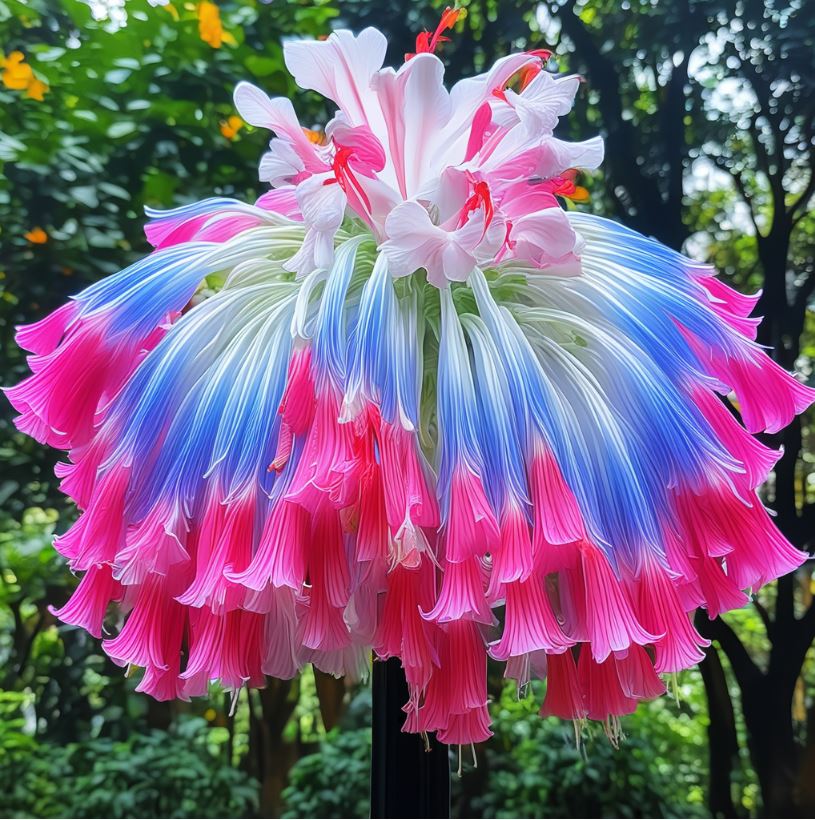
Conclusion
In summary, hanging lobelia is more than just a beautiful addition to gardens; it embodies a blend of aesthetic appeal, practical care requirements, and profound symbolism. Its versatility allows for creative expressions in design while evoking emotions and connections to nature that transcend mere decoration. By understanding the unique needs of this cascading beauty and embracing its potential, gardeners and designers can unlock a world of possibilities, transforming outdoor spaces into enchanting havens that celebrate the harmony and wonder of the natural world.




